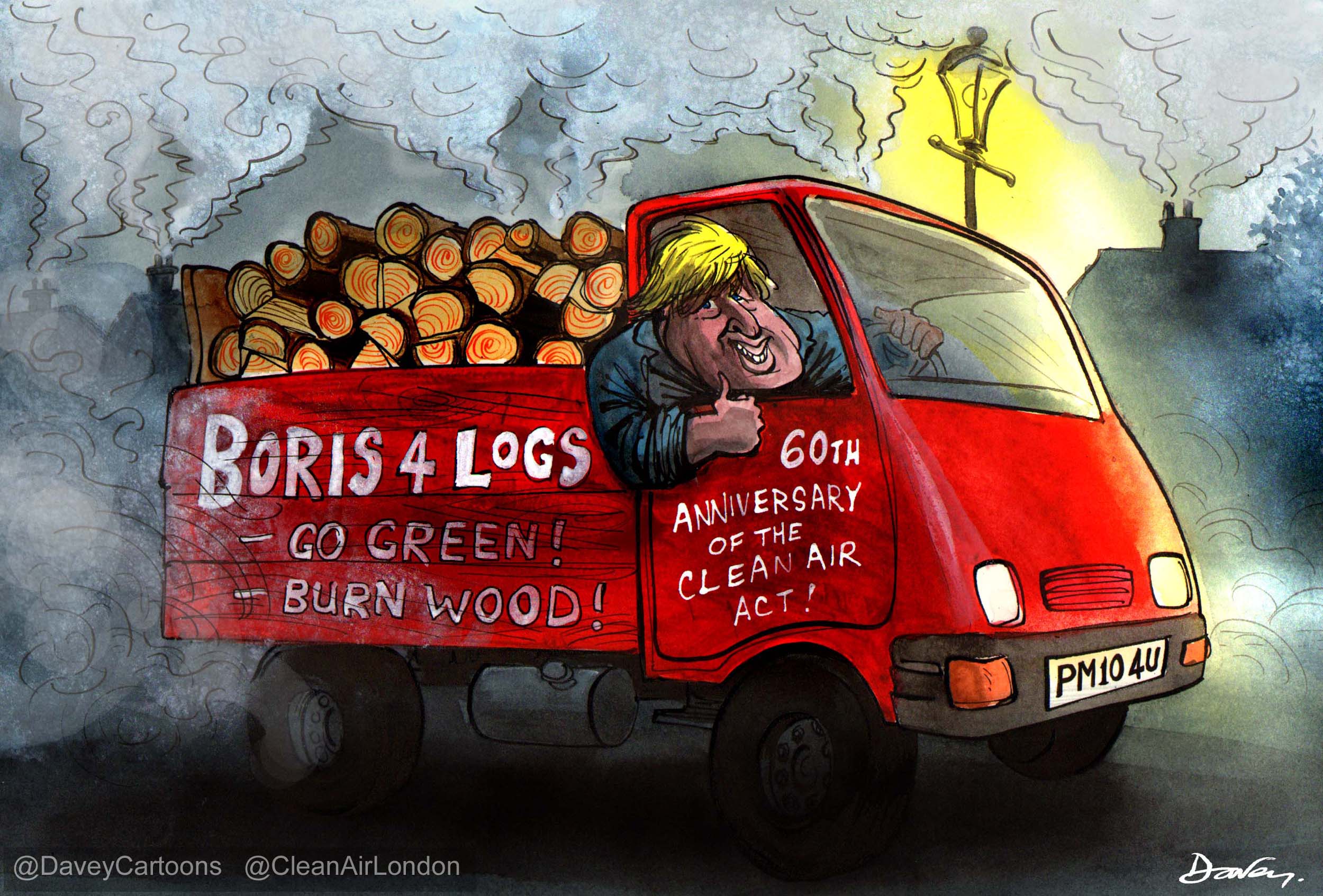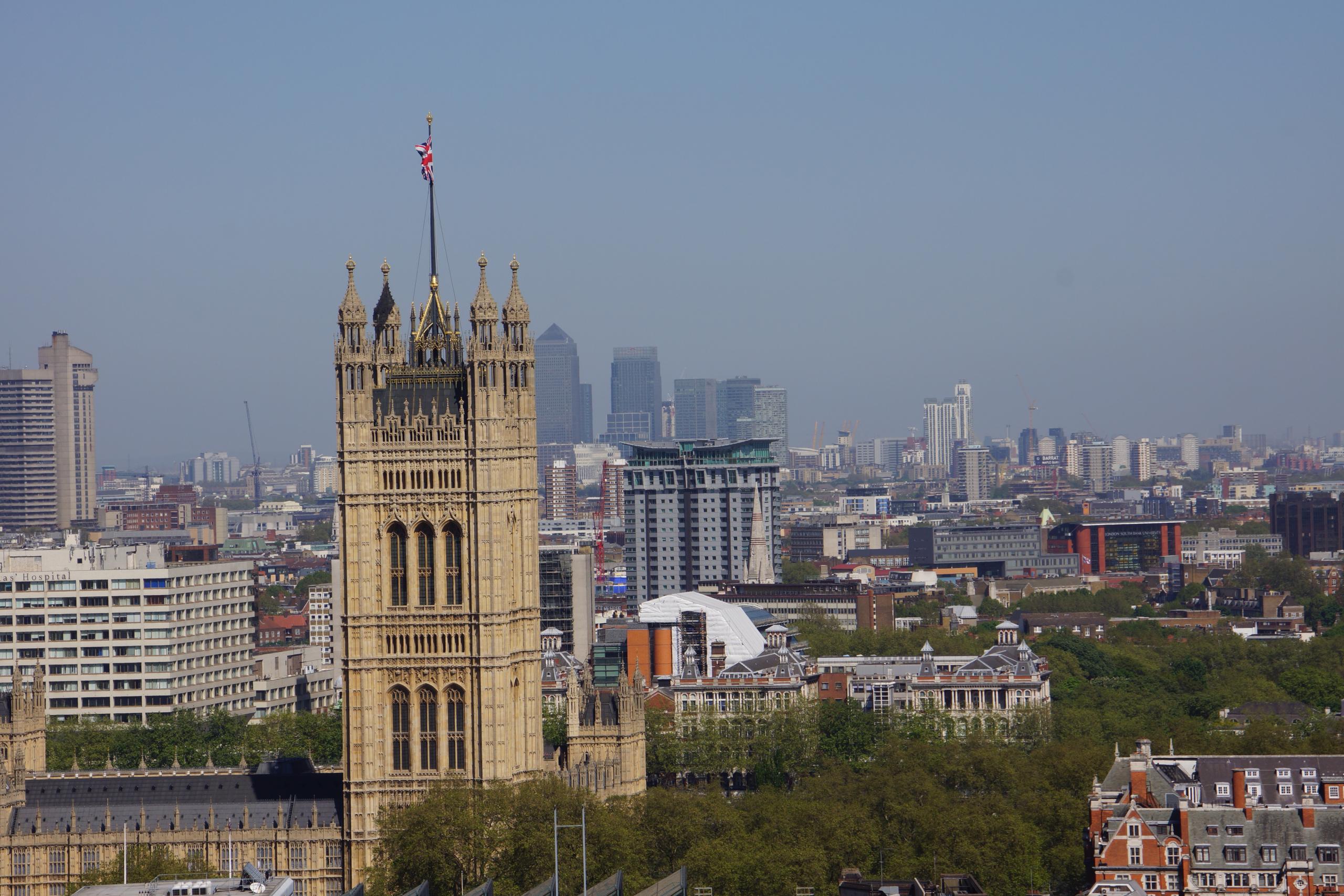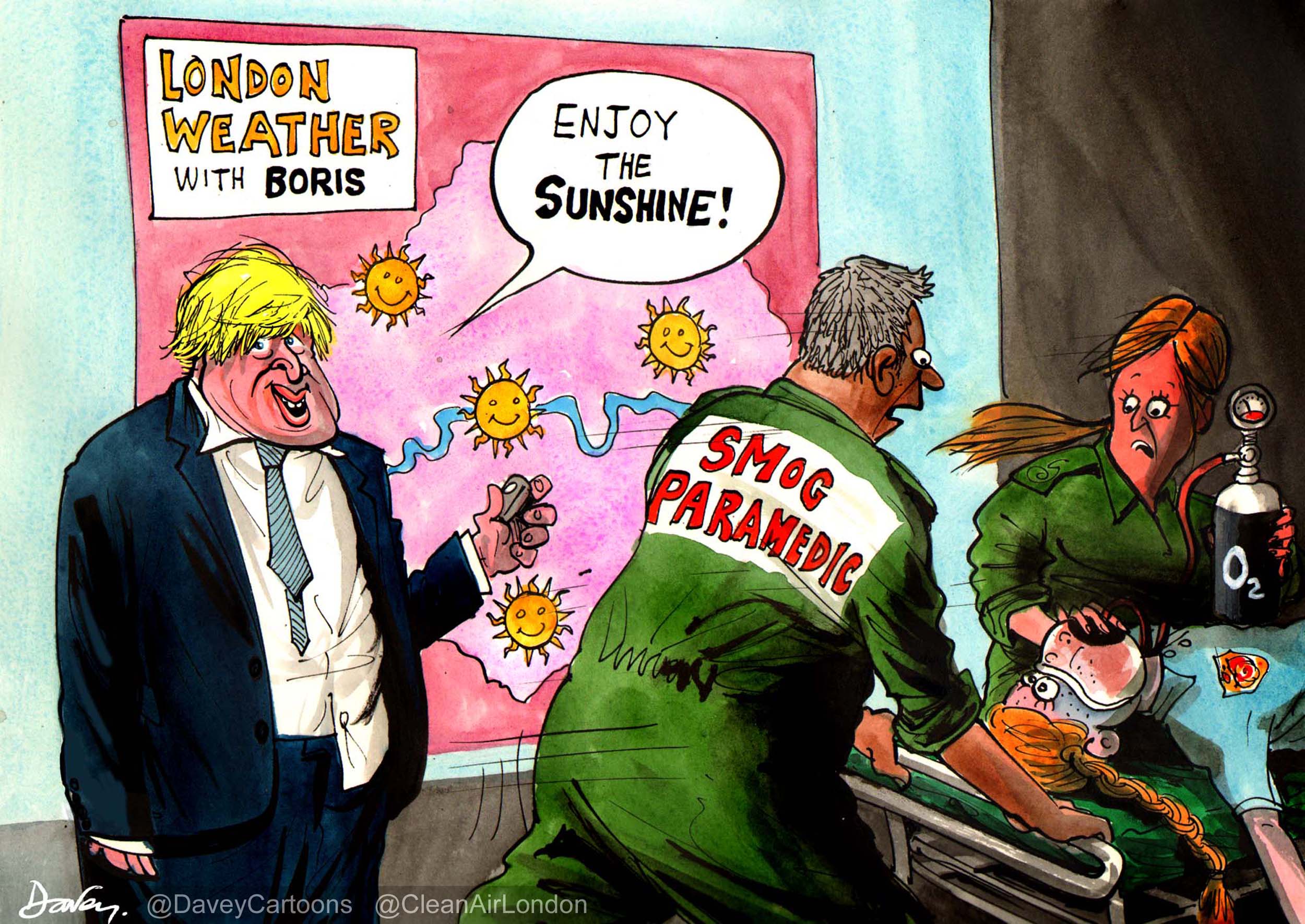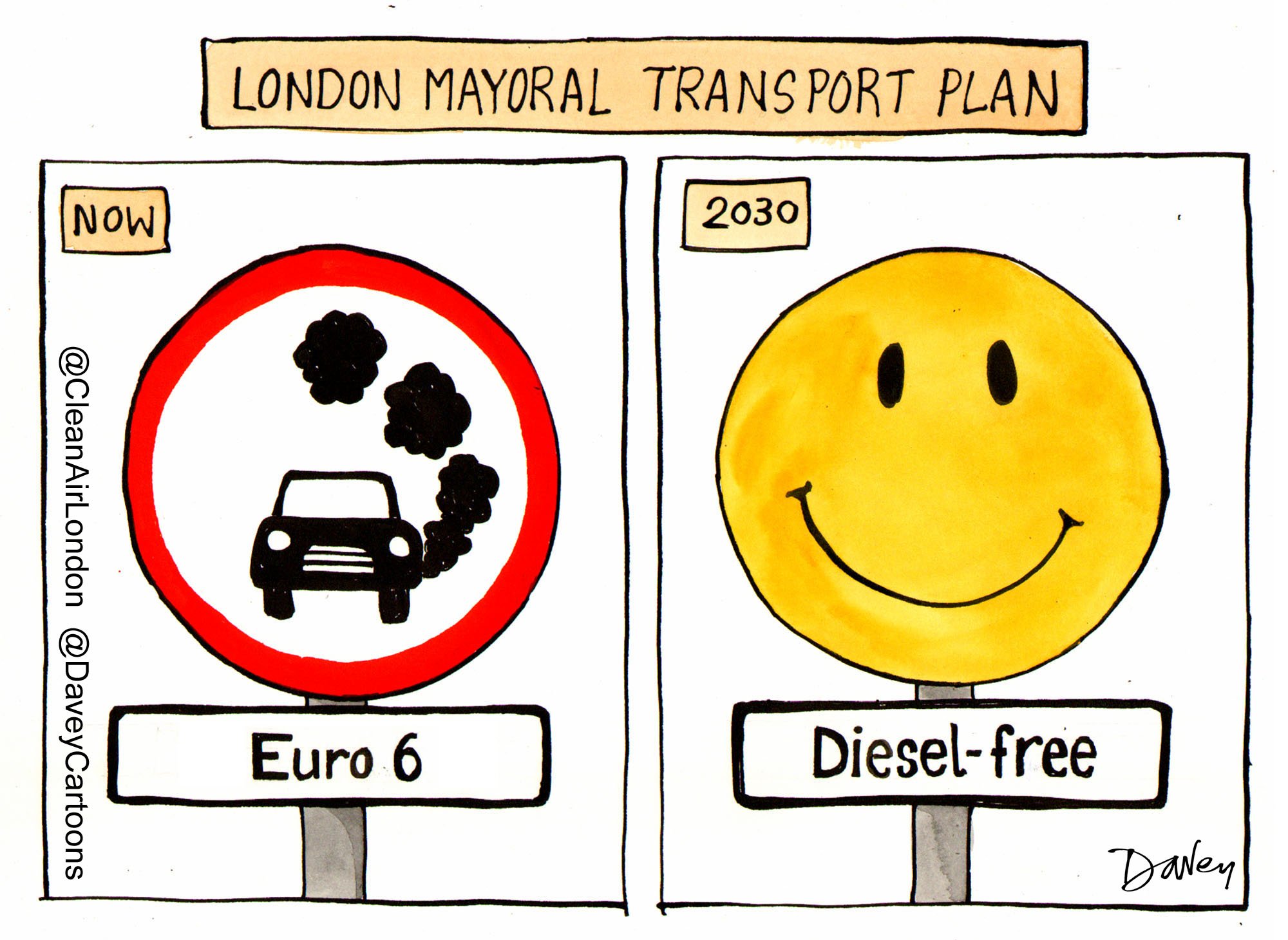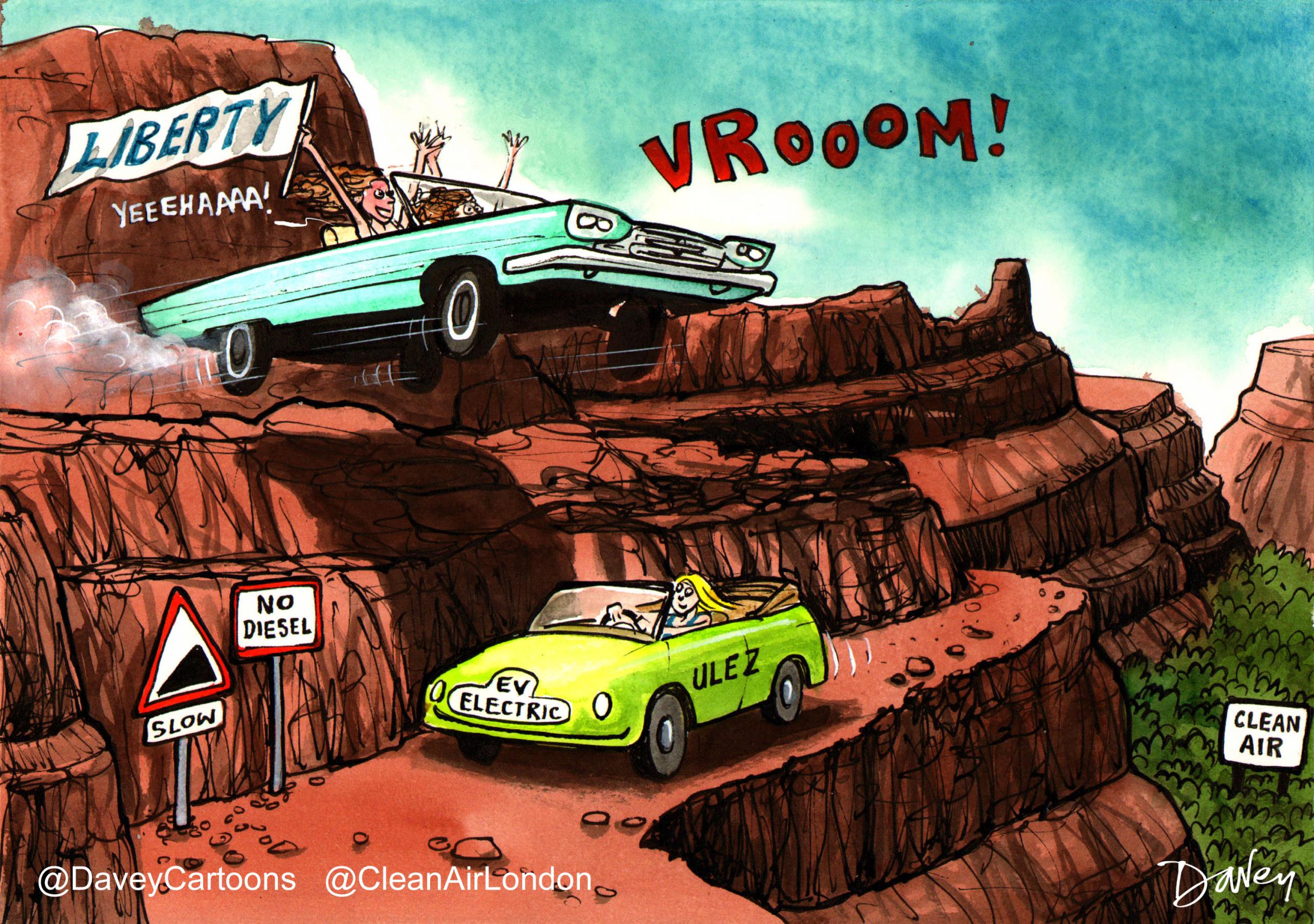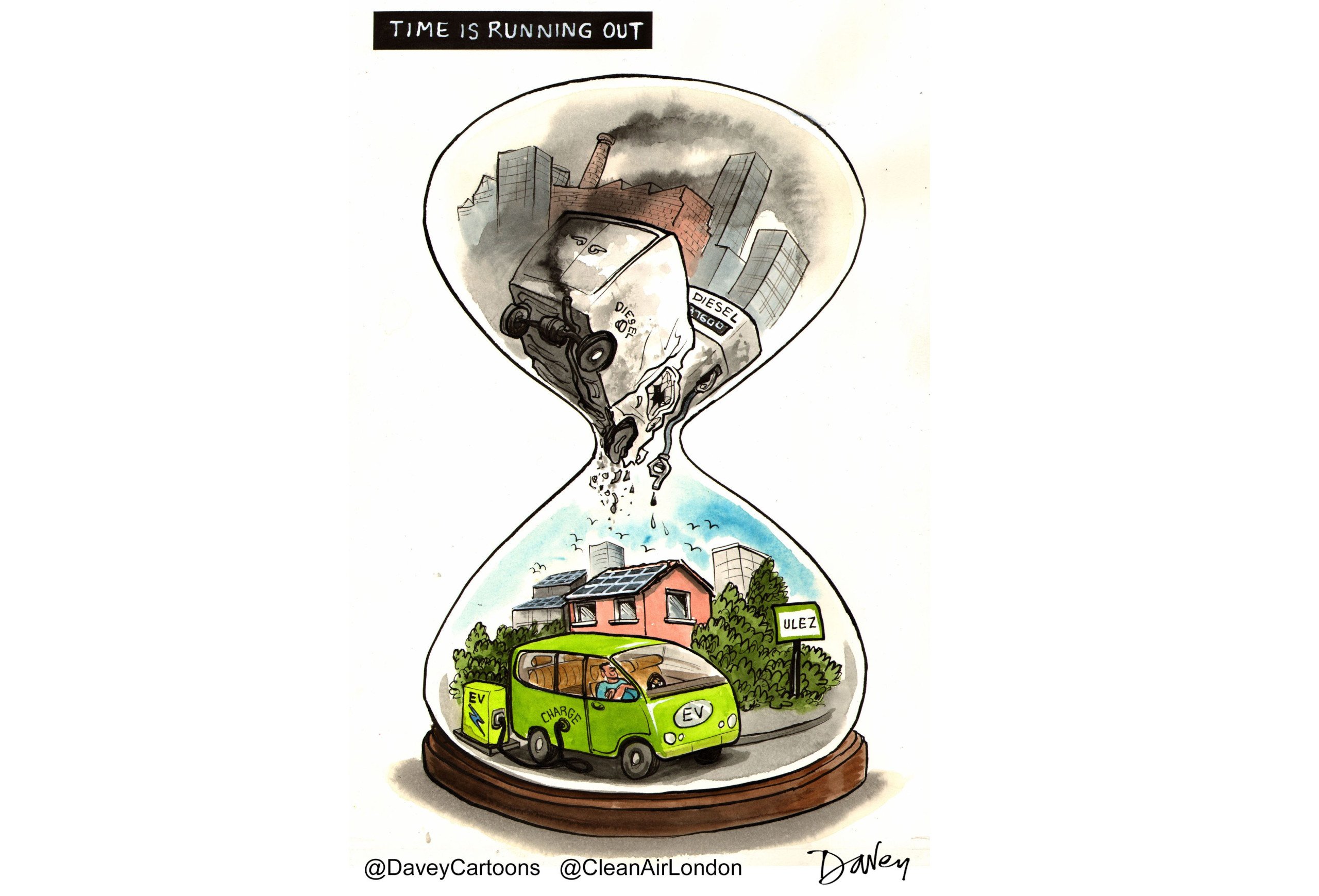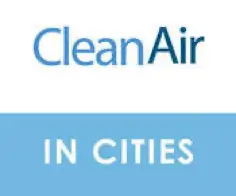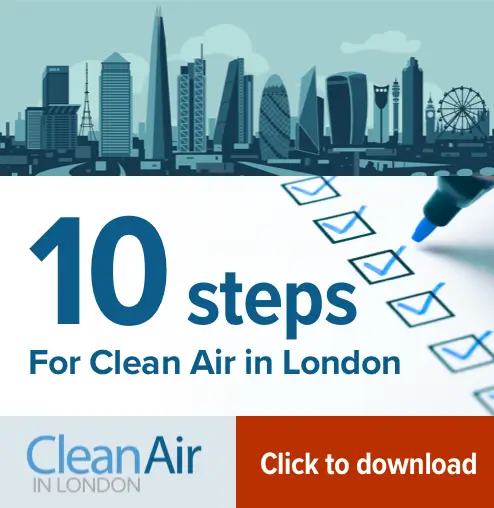Call for Evidence excludes the Government’s views or proposed policy options and has not considered the feasibility of implementing selected stakeholders’ views for ‘improving’ the Act
Clean Air Act must be updated for modern fuels and technologies and enforced, together with other air pollution legislation, to protect public health
Dear Secretary of State
I am responding on behalf of Clean Air in London (CAL) to the Department for Environment Food and Rural Affairs’ (Defra’s) ‘Call for Evidence – Review of the Clean Air Act’ published on 3 September 2013 (Call for Evidence) which can be seen at:
https://consult.defra.gov.uk/atmosphere-local-environment-team/clean-air-act-review
CAL responded to Defra’s consultation on the Red Tape Challenge. Our response and a briefing paper about the Clean Air Act can be seen at:
https://cleanair.london/sources/updating-the-clean-air-act-for-modern-fuels-and-technologies/
CAL’s overarching message remains that the Clean Air Act must be updated for modern fuels and technologies and enforced, together with other air pollution legislation, to protect public health.
Call for Evidence
CAL notes statements and assurances in the Call for Evidence including:
- The UK is compliant with the limit values for PM10 and the target value for PM2.5, but future objectives for PM2.5 including the National Exposure Reduction Target may be more challenging to meet. The continued control of small scale combustion may be important for achieving this target. The UK also has some localised areas of exceedance of the target value for polycyclic aromatic hydrocarbons (PAHs), mainly associated with industry.
The [Clean Air Act] CAA therefore helps control emissions from combustion which is important for meeting national emission reduction commitments as well as for ambient air quality. The 2012 Assessment of the effectiveness of Clean Air Act measures showed the effectiveness of Smoke Control Areas in controlling ambient levels of PAHs, PM2.5 and PM10. Without the Clean Air Act measures it is likely that concentrations of these pollutants would be higher and this could worsen the compliance situation with the relevant limit and target values.
The UK, like many other member states, continues to have exceedances of NO2 limit values in urban areas close to the roadside. Whilst the CAA’s primary focus is on particulates, the provisions on Chimney Heights also ensure that local impacts of NOx and other pollutants are controlled by ensuring adequate dispersion from small combustion sources. This can also assist in the control of NO2 hotspots and therefore help local authorities and Defra, achieve UK objectives and EU Limits. Page 3
- Maintaining the quality of environmental regulations: Helping local authorities meet air quality limits by developing better not weaker rules. Page 5
- Further analysis of EU air quality initiatives and the results from this Call for Evidence will then be assessed to inform the scope of the review and allow better understanding of future CAA requirements. Page 8
CAL notes also that the Call for Evidence “outlines selected stakeholders’ views for improving the Act. Note that these are not Government views or proposed policy options and the feasibility of their implementation has not been considered” (page 1).
In CAL’s opinion it is particularly feeble of Defra to launch a Call for Evidence that excludes the Government’s views or proposed policy options and which has not considered the feasibility of implementing selected stakeholders’ views.
Response
CAL brings to your attention the following issues relevant to this Call for Evidence:
1. Outdoor air pollution is carcinogenic: The World Health Organisation (WHO) classified outdoor air pollution and particulate matter as carcinogenic to humans on 17 October 2013:
http://www.iarc.fr/en/media-centre/iarcnews/pdf/pr221_E.pdf
The WHO classified diesel exhaust as carcinogenic for humans on 12 June 2012:
http://www.iarc.fr/en/media-centre/pr/2012/pdfs/pr213_E.pdf
This decision by the WHO creates a paradigm shift in the true sense of the words. It means there is no ‘silver bullet’ solution to tackle outdoor air pollution. Instead, we must all work together to tackle all aspects of air pollution.
Please see also the WHO’s REVIHAAP report from earlier this year:
2. Control of emissions in cities: Our response to a recent consultation by the Mayor of London on ‘Air Quality Neutral’ raised serious concerns about the need to control emissions in cities:
https://cleanair.london/legal/mayor-takes-five-backward-steps-from-his-own-london-plan/
The Mayor’s consultation highlighted particularly the dangers of allowing the more polluting technologies and/or fuels in cities e.g. biomass, diesel etc. Please consider also responses to the Mayor’s current consultation on ‘The control of dust and emissions during construction and demolition’ e.g. non-road mobile machinery.
3. Directive 2008/50/EC: CAL’s lodged a formal three-part complaint with the European Commission about the removal of the M4 bus lane including without any mitigation of worsened air pollution:
https://cleanair.london/legal/government-treats-limit-values-with-contempt-by-m4-bus-lane/
The removal of the M4 bus lane highlights the need inter alia to: comply with Directive 2008/50/EC; ensure limit values are not exceeded once attained; and ensure air pollution is not worsened when limit values are exceeded.
It is clear from the Call for Evidence that weakening the Clean Air Act would cause breaches of Directive 2008/50/EC.
4. ‘Year of Air’: The European Commission’s emissions reduction package for the ‘Year of Air’ will be presented soon:
http://europa.eu/rapid/press-release_SPEECH-13-822_en.htm
https://cleanair.london/ai1ec_event/closing-conference-european-year-of-air/?instance_id=139
The package is expected to comprise:
- a revised National Emission Ceilings directive to implement reductions up to 2030 together with reinforcement of existing legislation such as the Industrial Emissions Directive, Eco-design and Non-Road Mobile Machinery;
- ratification of the Gothenburg Protocol; and
- action on air pollution from medium scale combustion installations.
Please ensure that Defra’s review of the Clean Air Act takes account, as far as possible, of changes proposed by the European Commission not least to future proof the Clean Air Act.
5. Equalities:
Policy Exchange published an excellent report titled ‘Something in the Air: the forgotten crisis of Britain’s poor air quality’ published on 19 July 2012:
Key findings of that report included:
“[Outdoor air pollution] also hits the poorest hardest. Children living in the worst places in London for air quality are nearly 50% more likely to be eligible for free school meals than the London average. Residents of the most polluted areas are also around 25% more likely to be on income support than the London average. Yet poor air quality is rarely considered to be a ‘fairness’ issue.”
Please consider again CAL’s response to the Red Tape Challenge dated 21 September 2011 together with the new evidence submitted above all of which form part of this response to the Call for Evidence.
Please contact me if you would like to discuss this submission.
Yours sincerely
Simon Birkett
Founder and Director
Clean Air in London
CAL 259 CAA_Call for Evidence_Summary document 030913
CAL 259 CAA_Scottish report 300610
CAL 168 and 149 Clean Air Act 1993
CAL 149 Defra report on CAA measures_Published March 2013

